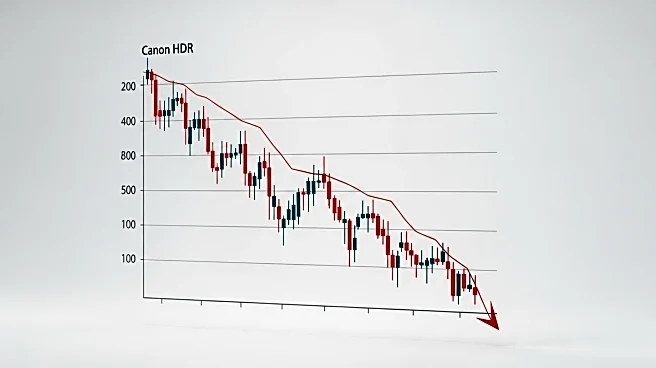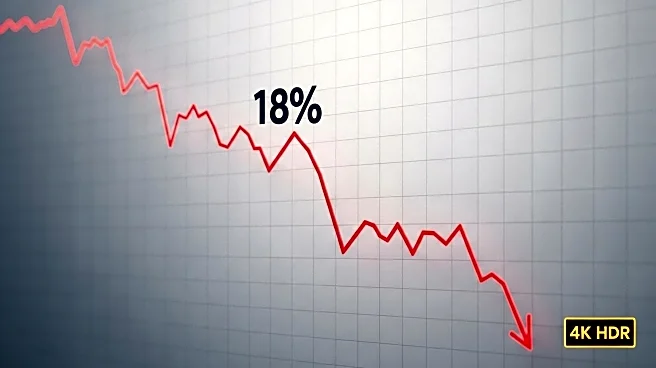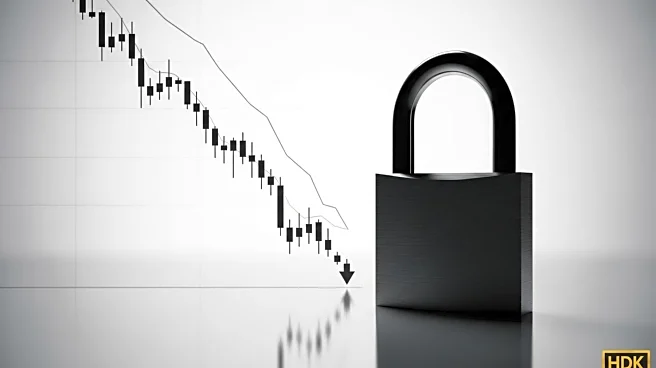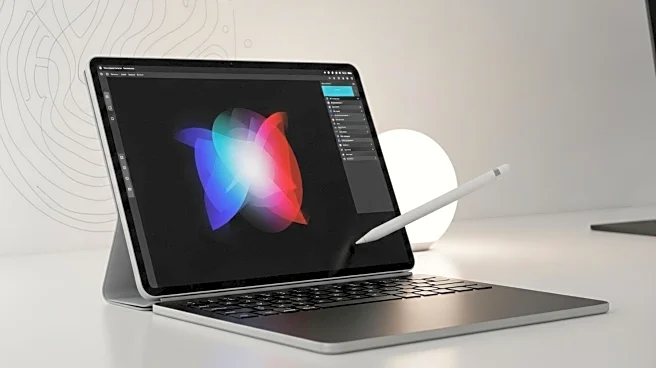What's Happening?
Figma, a design software company, experienced a significant drop in its share price following its first earnings report since its IPO in July. The company's shares fell by as much as 16% in early trading after announcing second-quarter results. Figma's revenue increased by 41% year-over-year to $249.6 million, slightly surpassing analyst expectations. However, its third-quarter revenue guidance of $263 million to $265 million did not meet investor expectations, contributing to the share price decline. Additionally, Figma disclosed that certain conditions regarding its stock price are likely to be met, triggering the early release of 25% of eligible securities owned by some employees and service providers. This early release is expected to occur following the market close on September 4, 2025, allowing these shares to be sold publicly starting September 5, 2025.
Why It's Important?
The decline in Figma's share price highlights investor concerns about the company's growth prospects and the impact of the expiring lockup period. The lockup expiration could lead to increased stock volatility as more shares become available for sale. Figma's guidance, which aligns closely with consensus forecasts, may not be sufficient to excite investors given its high valuation. The company's market cap was over 32 times its expected revenues for the fiscal year, indicating high expectations for future growth. The broader implications for the design software industry include potential challenges from AI advancements, as seen with competitors like Salesforce and Adobe experiencing share declines due to AI-related threats.
What's Next?
Figma's future performance will likely be influenced by its ability to meet or exceed revenue expectations and manage stock volatility following the lockup expiration. Investors will be watching closely for any strategic moves or innovations that could bolster the company's growth trajectory. Additionally, the company's extended lockup agreement with holders of a significant portion of its shares suggests a staggered release strategy through June 2026, which may help mitigate potential stock price fluctuations.













